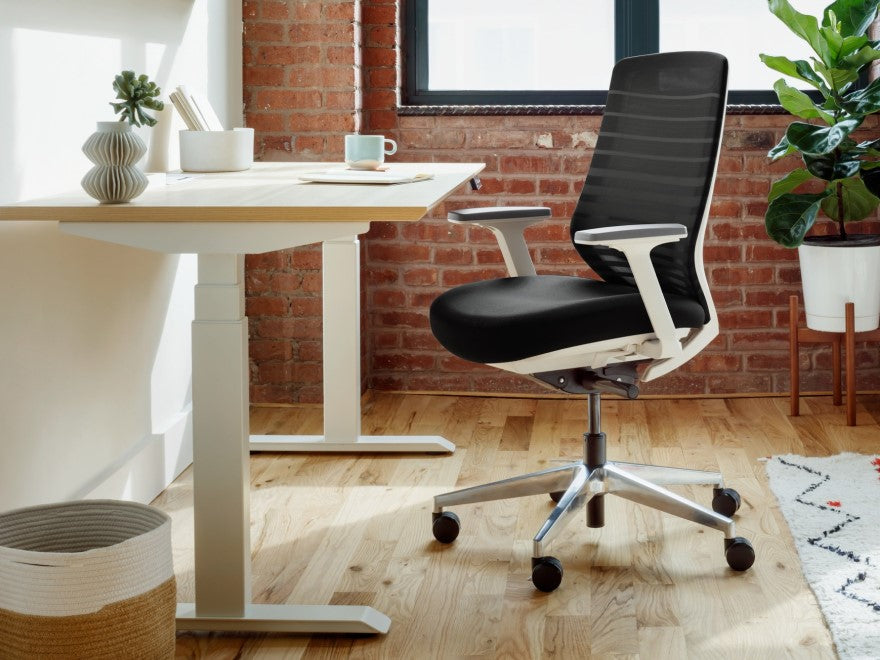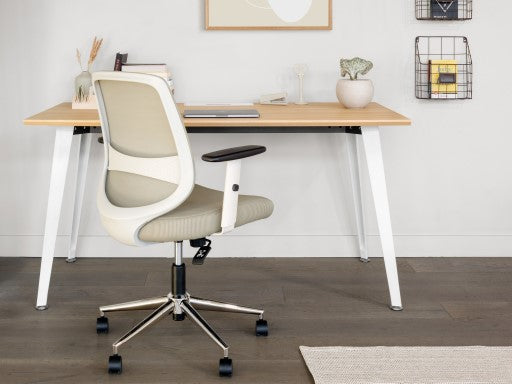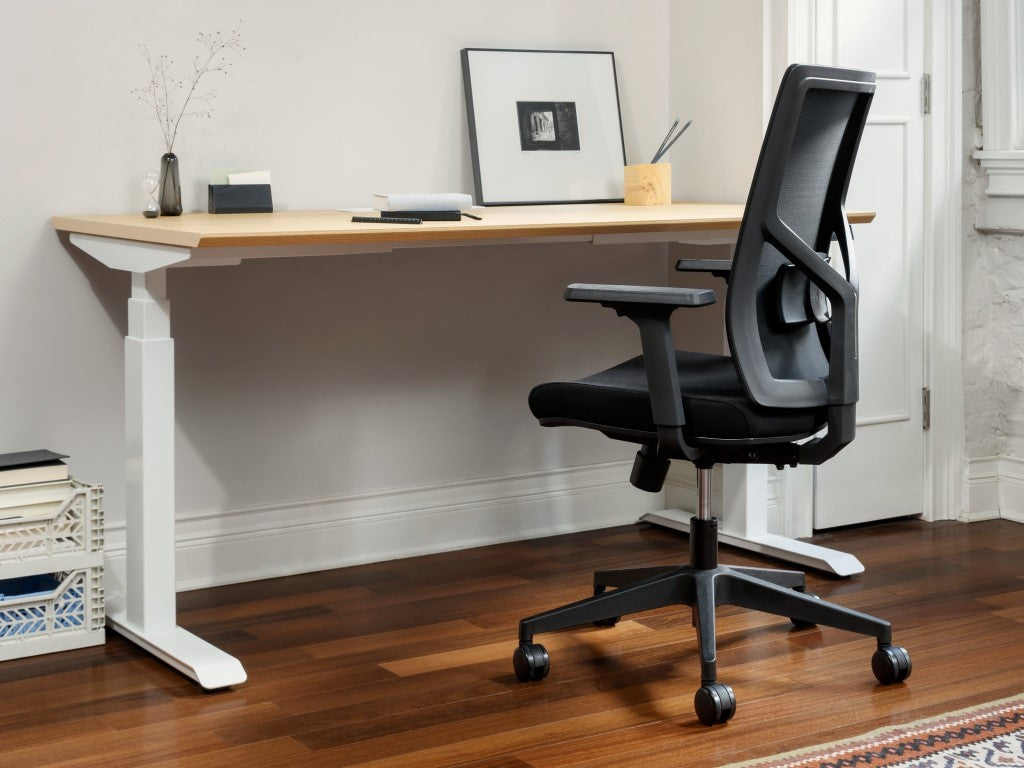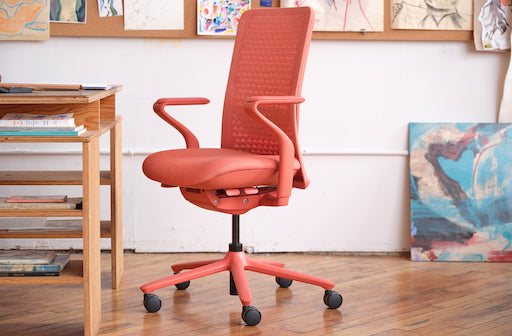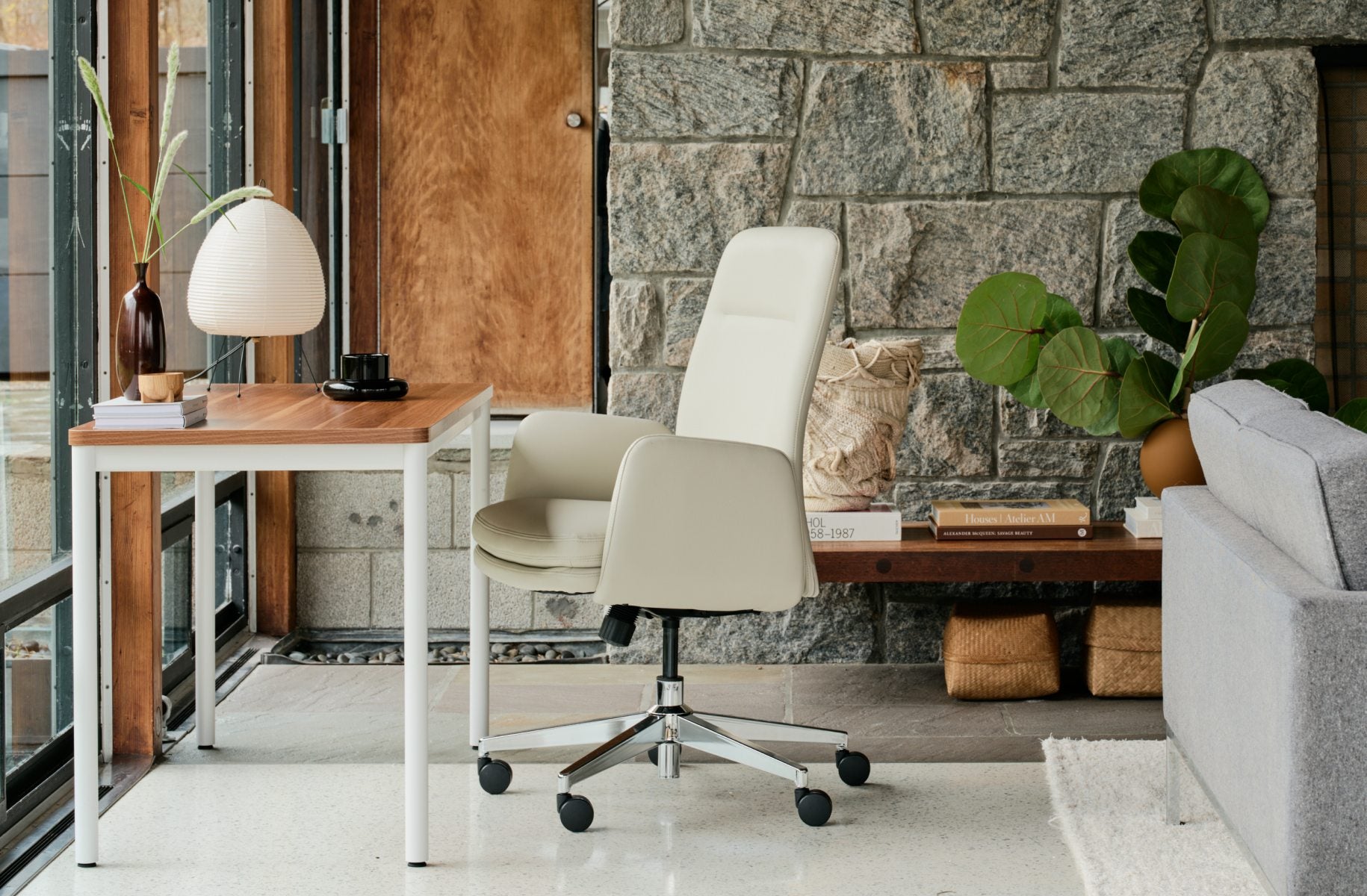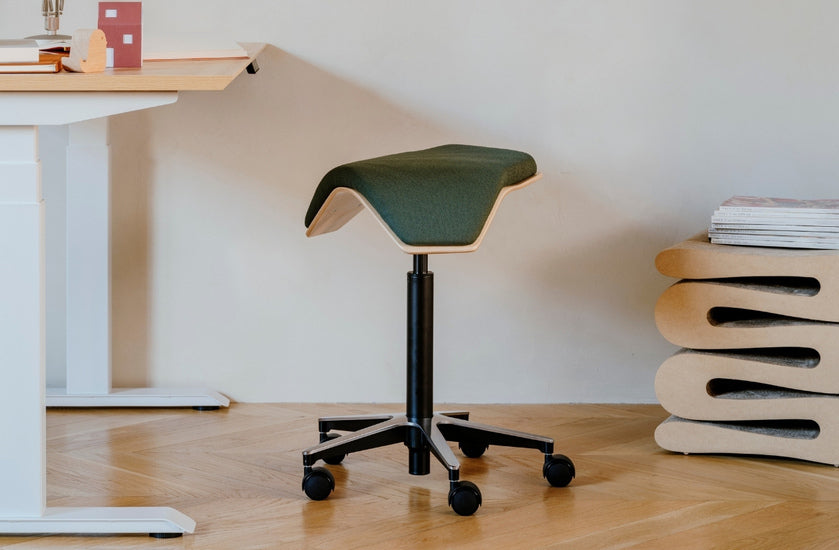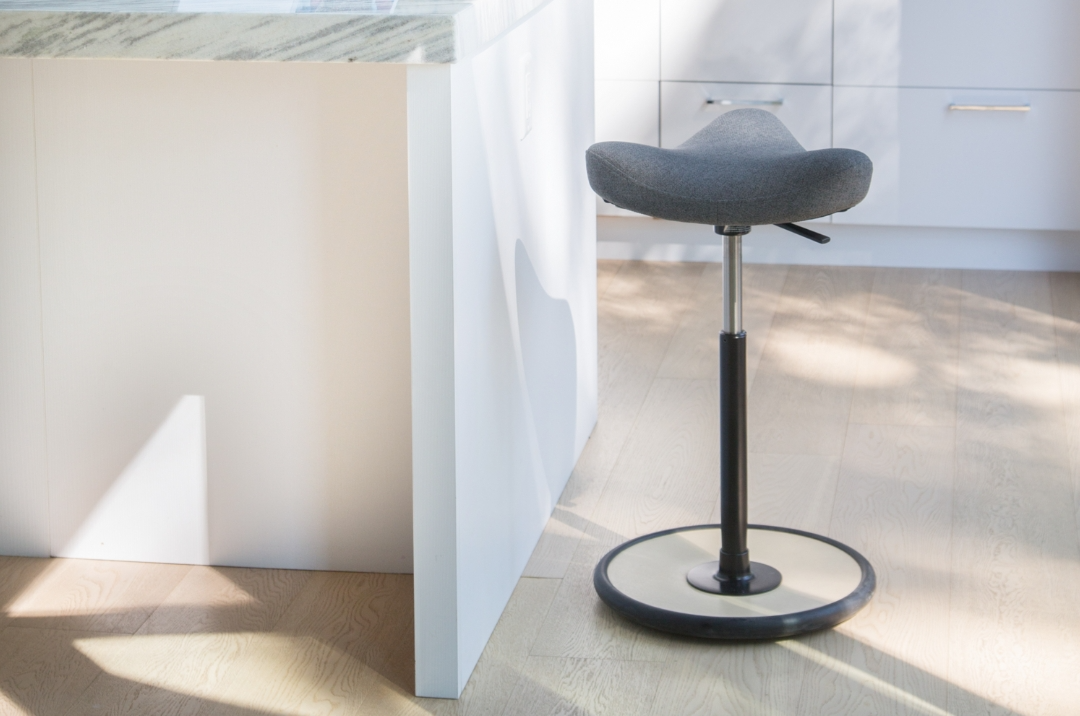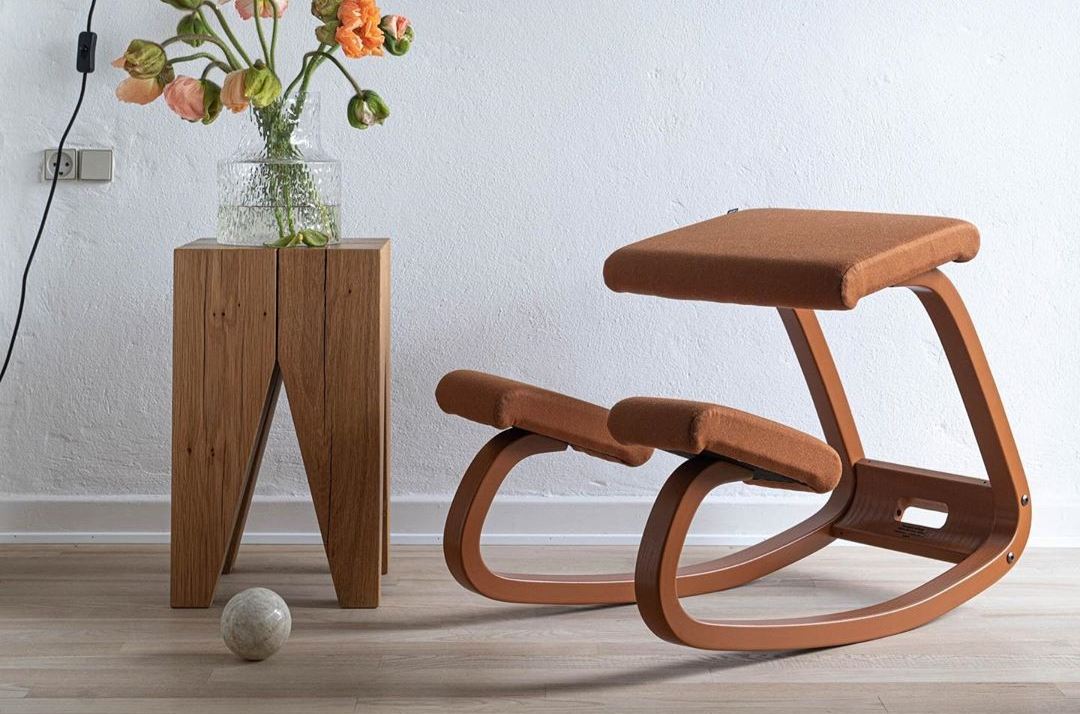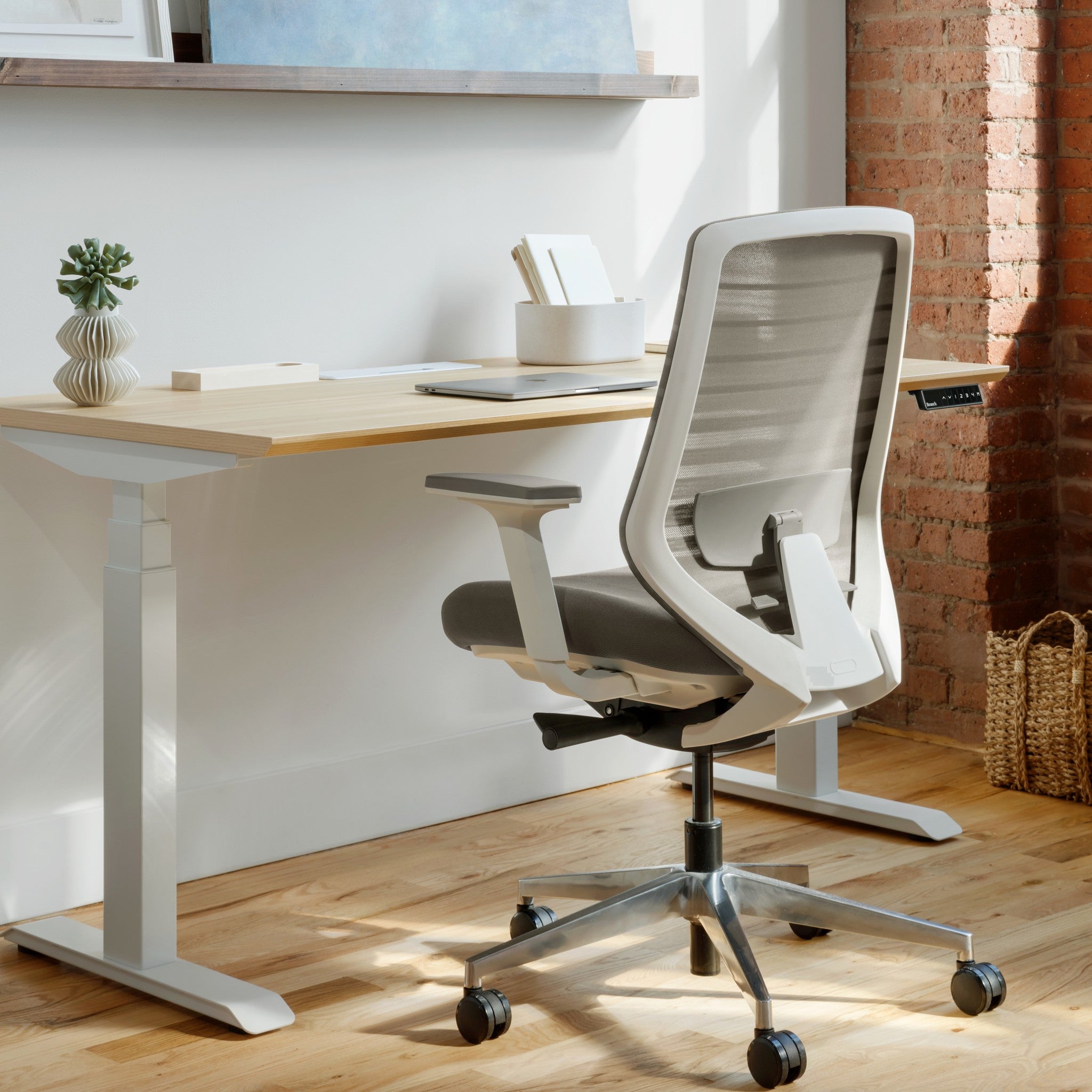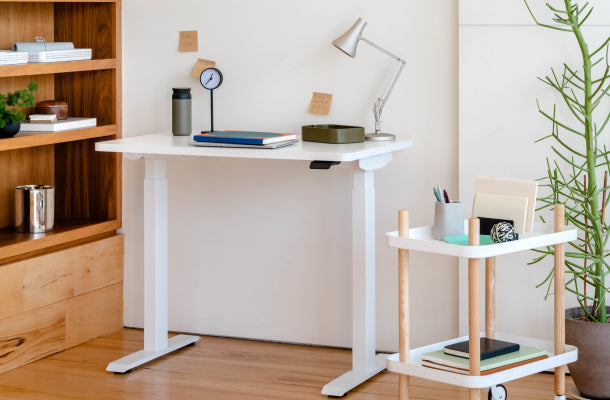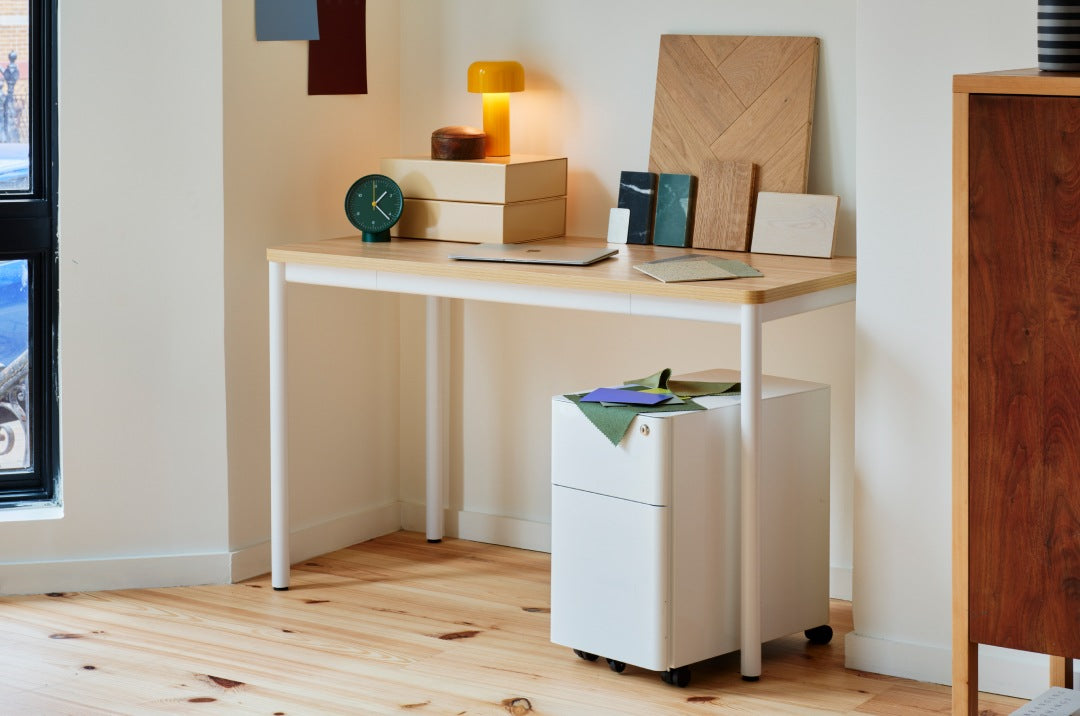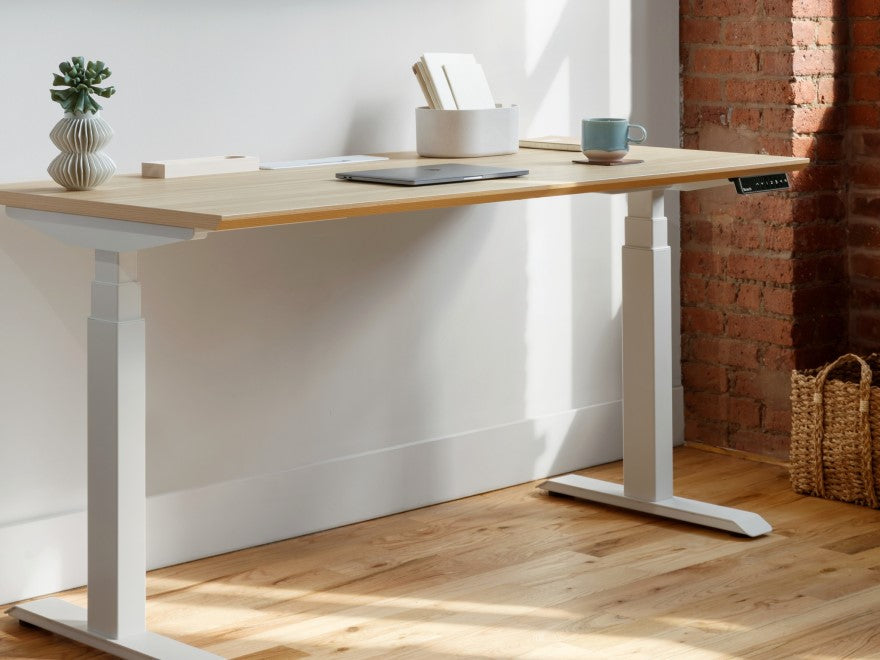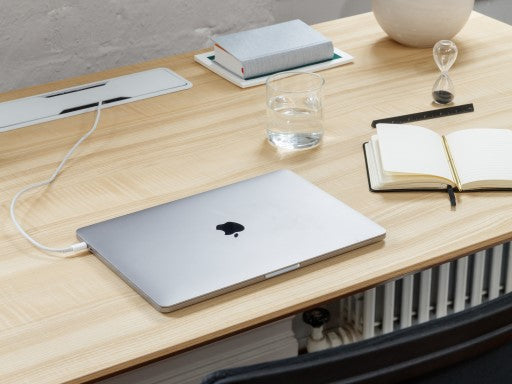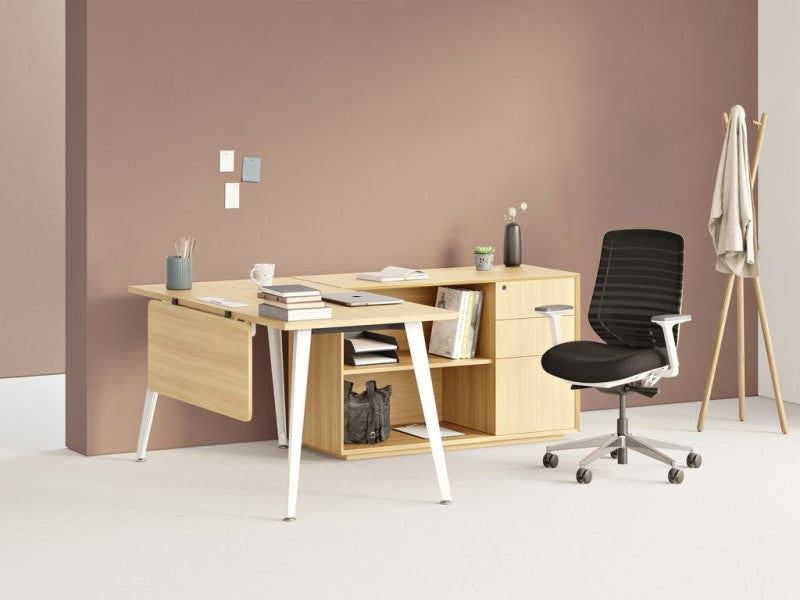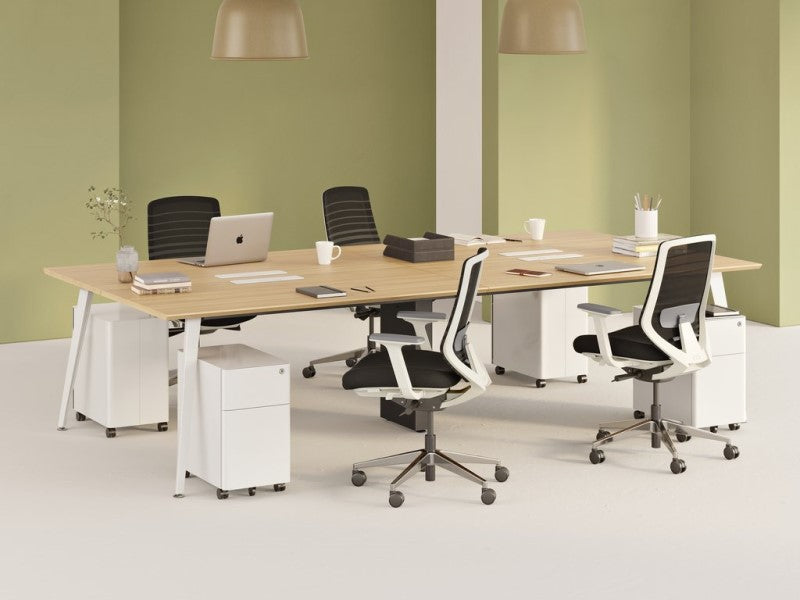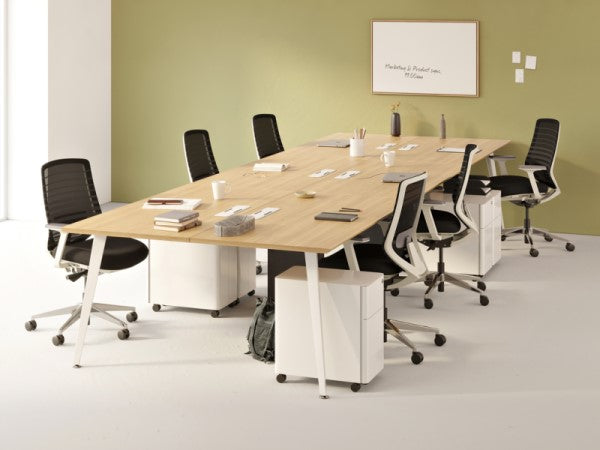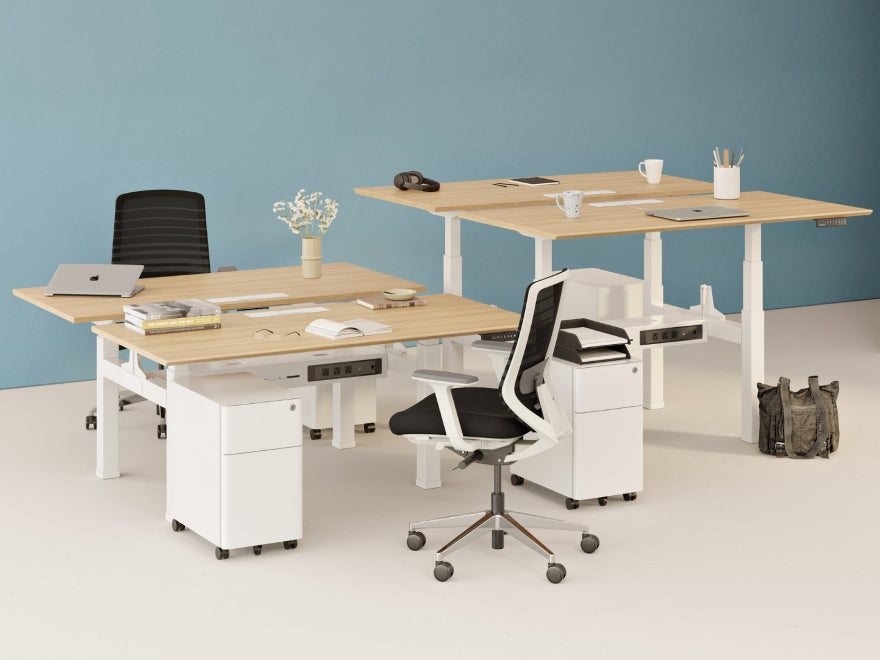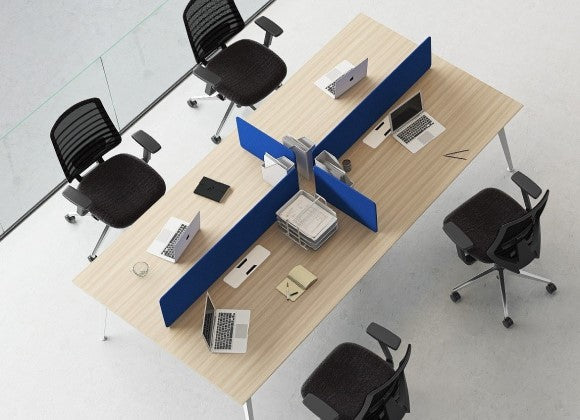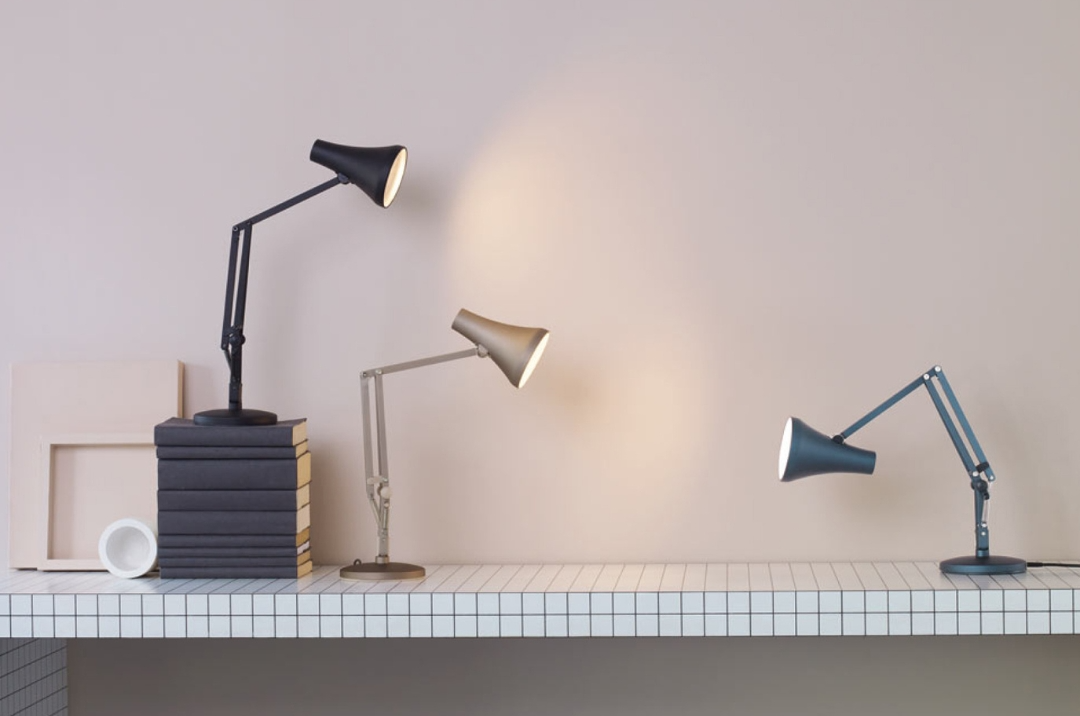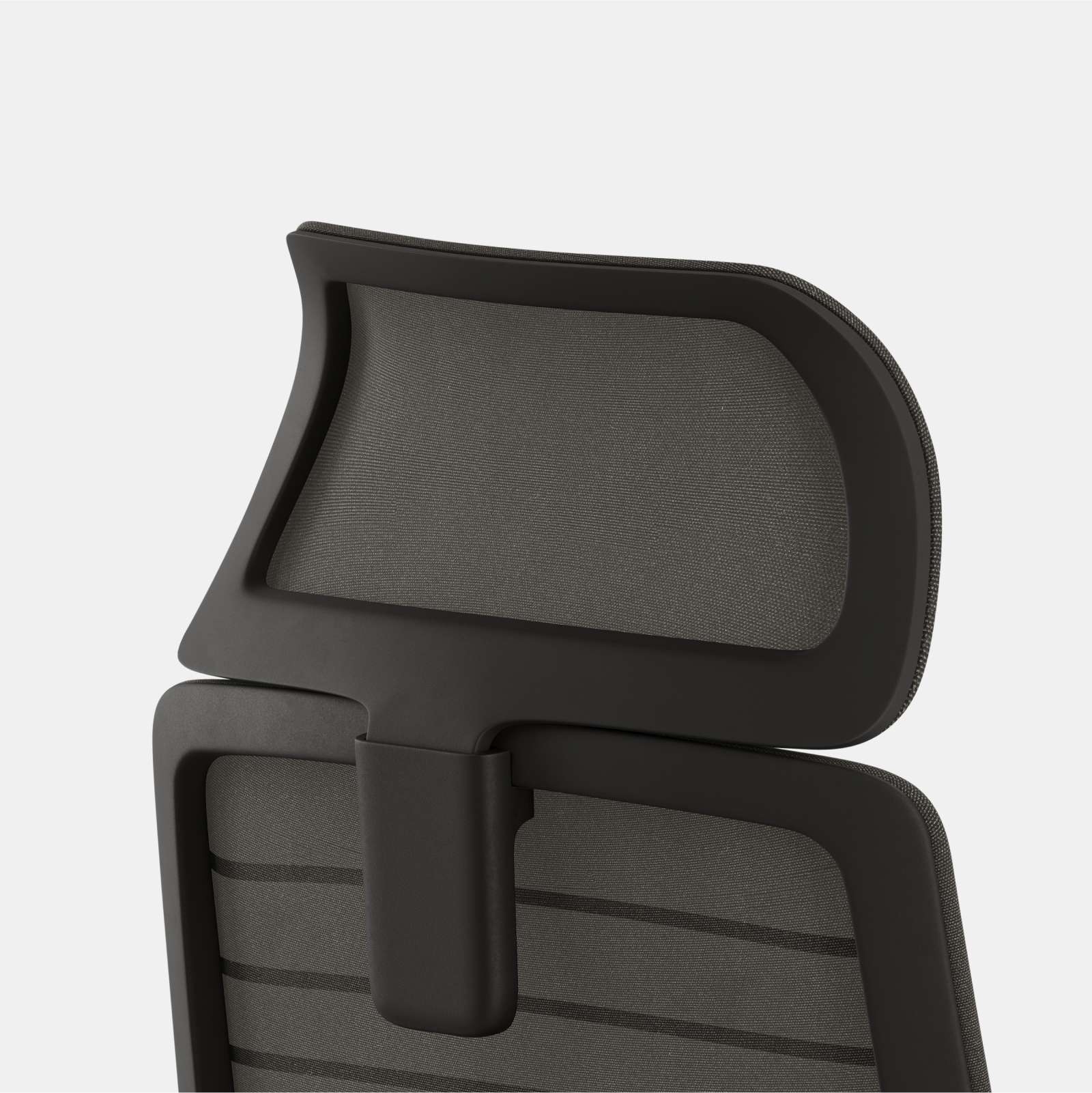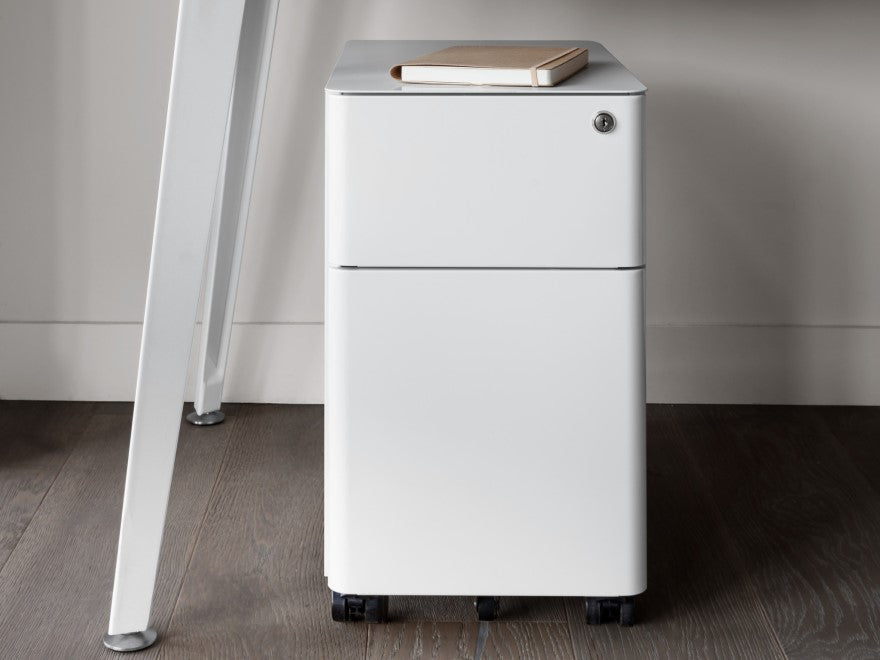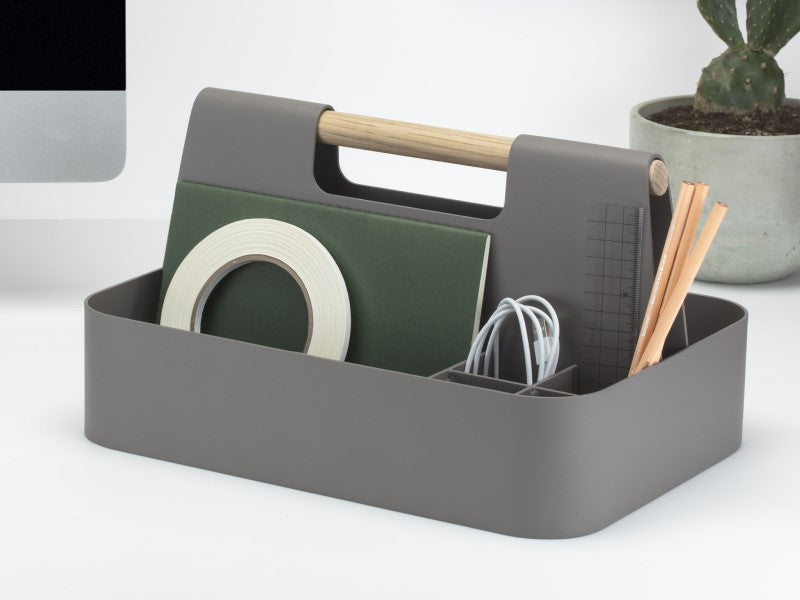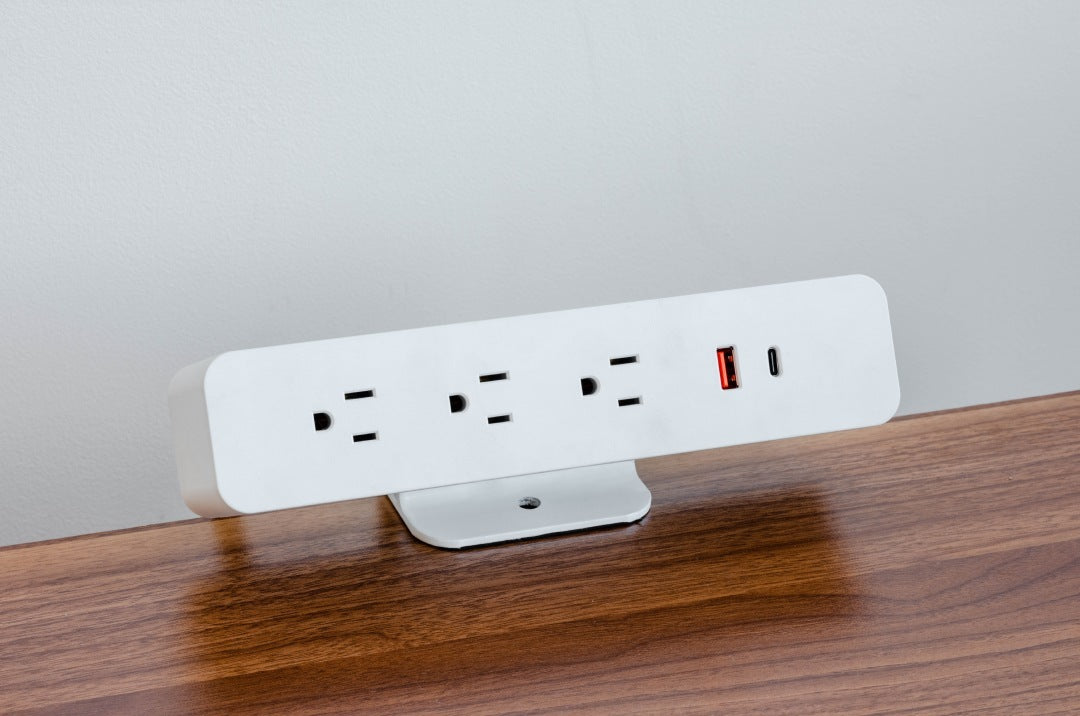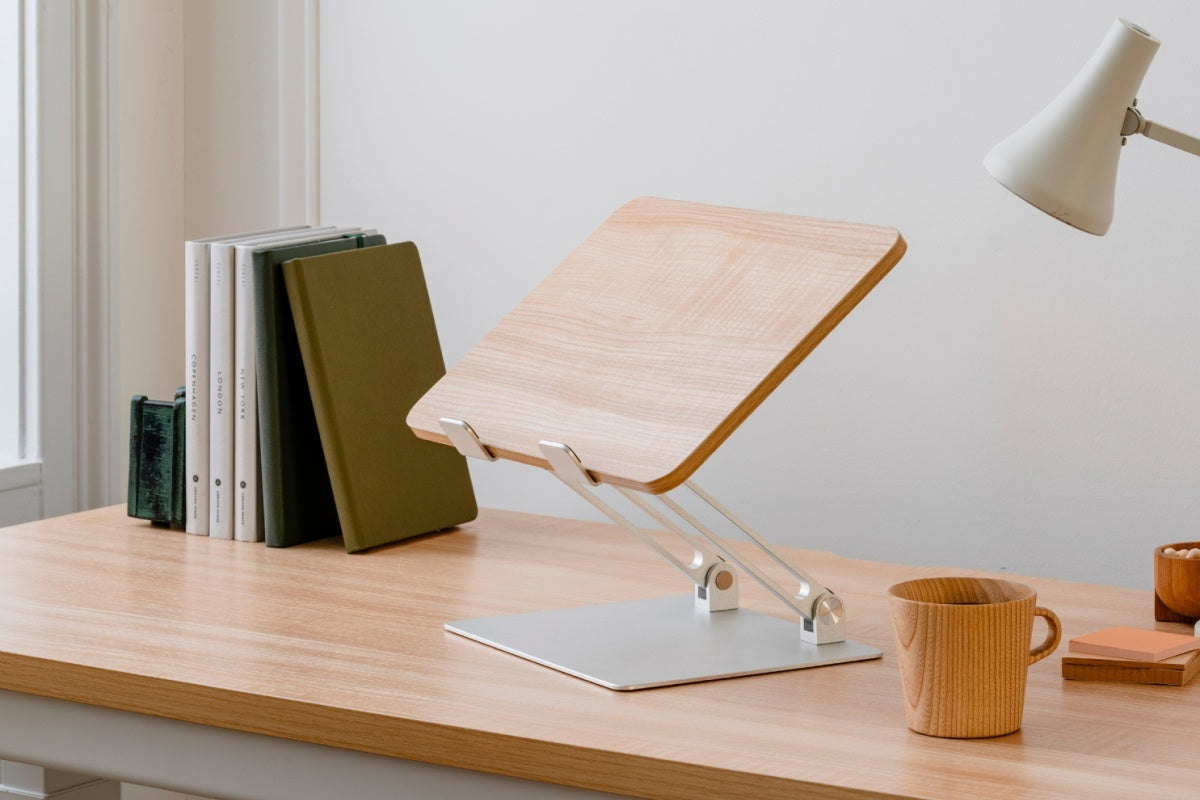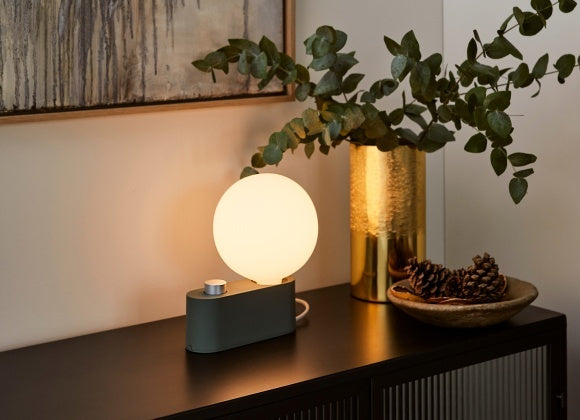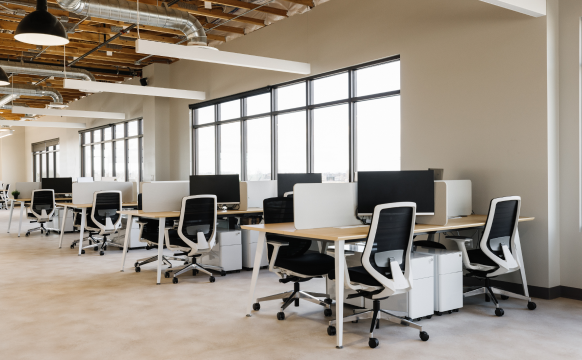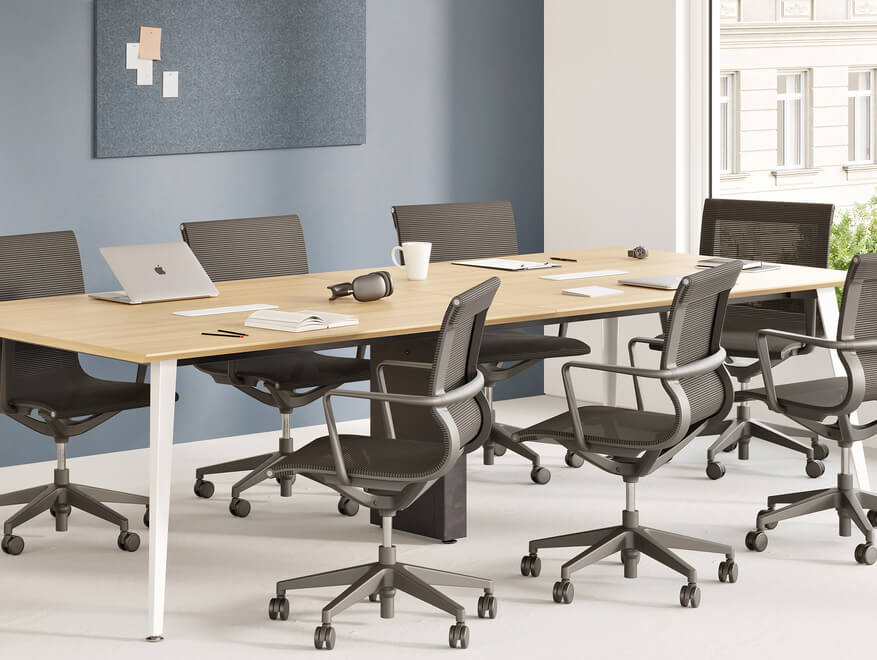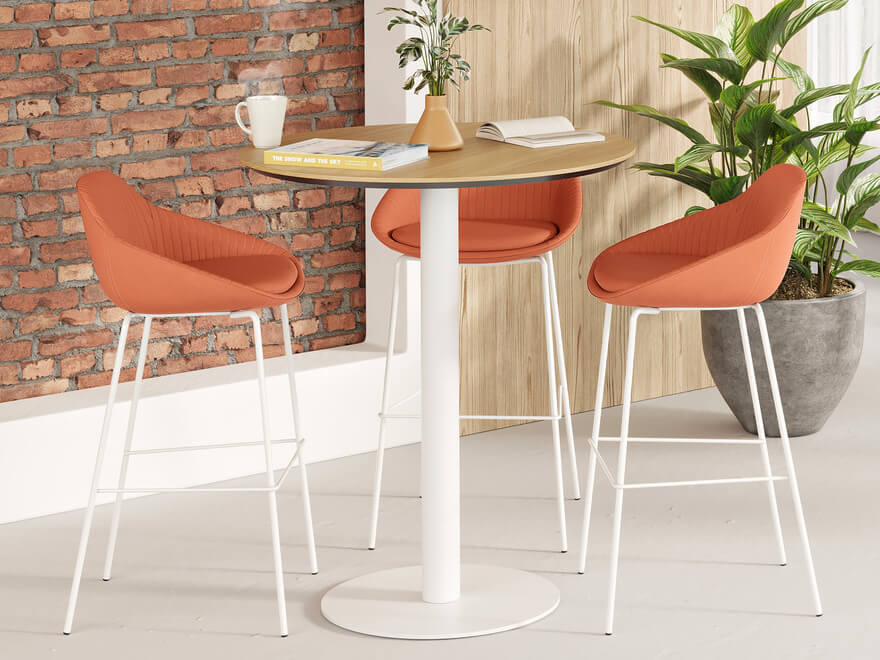Kneeling chairs represent a significant shift in seating design, emphasizing a posture that differs from traditional chairs.
They feature a forward-tilting seat and one or more knee pads, creating an open angle between the torso and thighs. This design intends to redistribute the user's weight between the pelvis and knees, promoting an upright posture.
The origins of kneeling chairs can be traced back to ancient times, although their modern incarnation, popularized in the 1970s, is credited to Norwegian designer Peter Opsvik and his Balans chair. Over the years, these chairs have evolved in design and functionality, incorporating elements like rocking bases and back supports.
Ergonomically, kneeling chairs aim to align the spine more naturally by opening the hip angle and encouraging a straighter posture. This design lessens spinal compression by shifting weight to the knees and shins. Various models offer adjustable features for height and angle, accommodating different body types and workstations.
In essence, kneeling chairs are a unique ergonomic solution, diverging from conventional seating to promote better posture and reduce back strain. Their design principles offer a distinct alternative to traditional office seating, making them a topic of interest for anyone looking to improve their workspace ergonomics.

